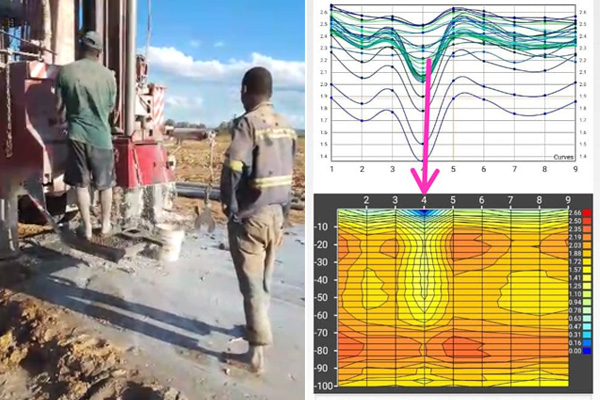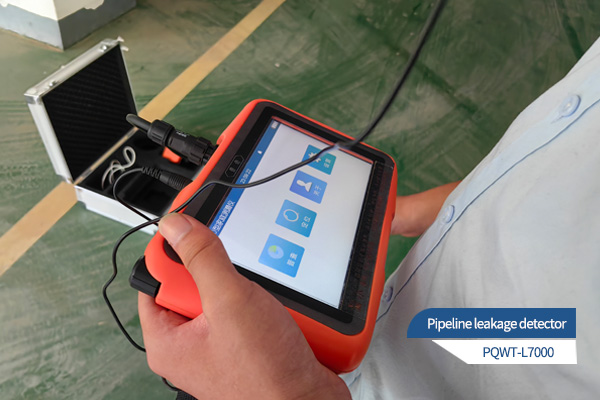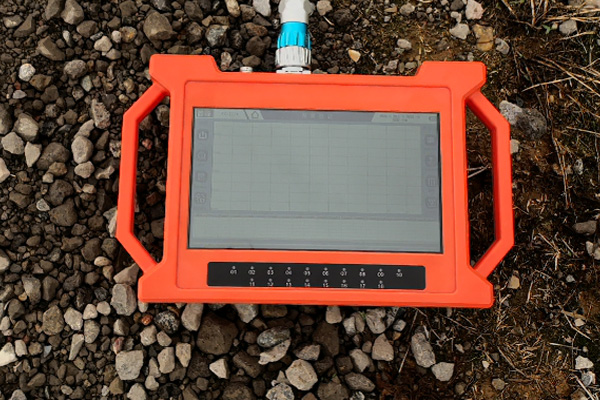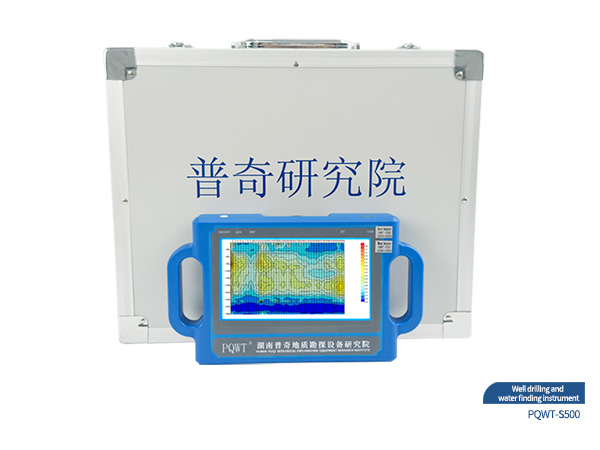Water leakage detector is an instrument used to detect whether there is water leakage in pipelines or other equipment, and it mainly has the following working principles:
Acoustic principle: When a pipeline leaks, water spraying out from the leakage point will produce vibration and sound, and this sound will spread through the pipe, soil and other media. The sensors of the water leak detector can capture these sound signals, then convert them into electrical signals, amplify and process them, and display them in the form of sound or numbers. The operator can judge the location of the leak point according to the characteristics of the sound, such as the volume and frequency. In general, the sound signal at the leak point will be stronger than other parts, and the location of the leak can be roughly determined by detecting it at different locations around the pipe and comparing the signal strength. For example, in urban water supply networks, workers often use this acoustic leak detector to patrol along the pipes, listening for sound changes through headphones to find leaks.
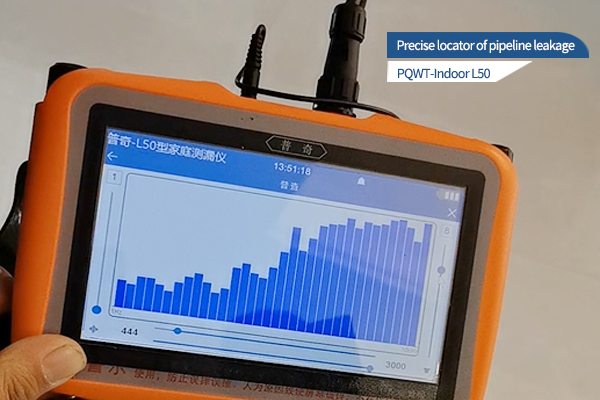
Principle of pressure change: The water in the pipe maintains a certain pressure under normal conditions. When a water leak occurs, the leak point causes a local pressure drop. The water leakage detector based on the principle of pressure change determines whether there is a water leak by monitoring the fluctuation of pressure in the pipe. It usually installs a pressure sensor on the pipeline to collect pressure data in real time. If an abnormal drop in pressure is detected and does not conform to normal water use patterns, it may indicate a water leak. Some advanced water leakage detectors can also estimate the approximate location of the leak point through algorithms based on information such as the amplitude and speed of pressure changes, combined with the topology of the pipeline and the characteristics of the water flow. This method is widely used in the detection of water leaks in some large industrial piping systems and urban water supply systems.





